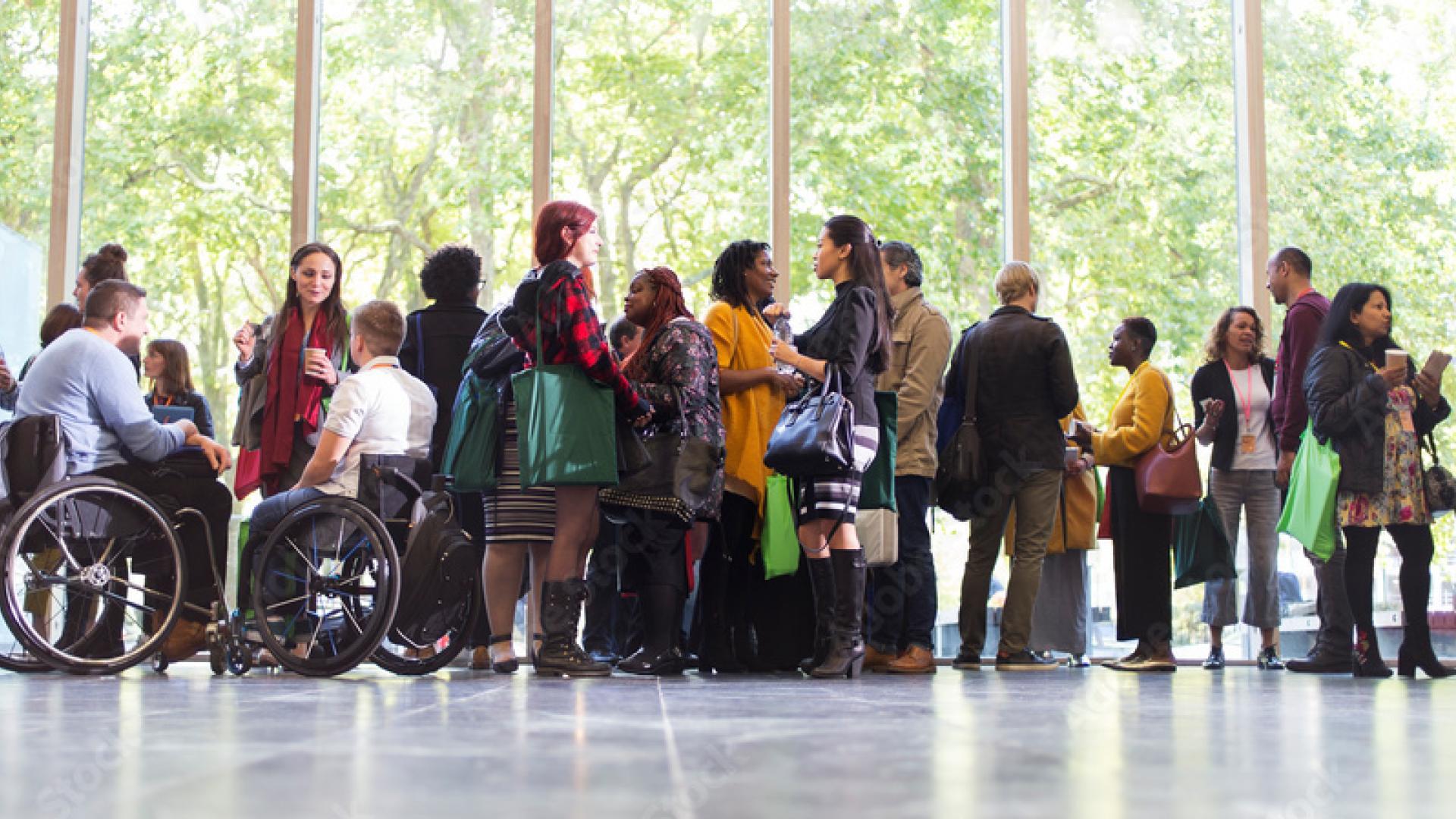The Office of Human Resources (DMSPC), in partnership with the Office of Support Operations (DOS), created the Secretariat’s People Strategy 2021-2025: Our Roadmap for the Future.
The strategy articulates a vision to build a forward-looking, needs-responsive, and integrated human resources management system. It reflects our ambition to transform the Organization and help build a truly global United Nations workforce.
The strategy presents three long-term outcomes of human resources reform efforts:
-
Agility: proactive and efficient planning, hiring, deployment and learning for a multi-skilled, mobile and adaptable talent pool. This outcome thus encompasses reforms that reposition workforce planning as a forward-looking and proactive function, drive innovative and efficient talent acquisition, align learning and development provision closely with organizational priorities and people´s expectations, and introduce enabling career enhancement mechanisms.
-
Diversity and inclusion: a diverse and inclusive workplace where the organizational workforce reflects the gender, geographical, racial and other diversity of the peoples of the world, and in which differences in background, perspectives, abilities and other characteristics are valued, in which we treat our workforce and each other fairly and equitably and leverage our differences to achieve greater impact for the peoples we serve. It encompasses reforms that are aimed at enhancing geographical diversity, achieving gender parity and ensuring the inclusion of people of all diversity characteristics.
-
Accountability: efficient human resources services reliant on a simplified policy framework enabling entities to deliver the organizational mandates efficiently within the delegation of authority framework, in which team, individual and organizational performance are aligned, and human resources risks are transparently and effectively managed. It encompasses reforms that streamline human resources policies to facilitate timely, efficient and high-quality advisory support and service provision tailored to meet entities´ operational needs and enable compliant exercise of delegated authorities, sustains a high-performance management culture, consolidates holistic conduct and discipline management and ensures health and well-being for all our people.
These outcomes are not independent but interlinked and mutually reinforcing. It helps us make continuous adjustments to align reform efforts with the increasing demands of the clients we serve.
Spanning over a broad array of characteristics, including geographical diversity, gender parity and the inclusion of persons with disabilities, alongside more expansive dimensions achieving diversity in the United Nations Secretariat’s workforce that reflects the multiple perspectives and characteristics of the peoples we serve, is an organizational imperative. This is not only by conviction; it is also a paramount duty of the United Nations Secretariat as a guardian of the Universal Declaration of Human Rights. Inclusion, which can be viewed as leveraging the benefits of this multidimensional diversity by accepting our differences and allowing them to coexist in a mutually beneficial way, enables us to thrive. By embracing diversity and inclusion, we are better positioned to sustain a workplace where these differences in background, perspectives and abilities are valued and put in motion to deliver greater impact for the peoples of the world we serve.
A strategy such as this helps direct focus on strategic outcomes and, most importantly, demonstrates how the human resources system would look when the reforms are implemented.
Geographical Diversity
The complexity of the global United Nations presence and mandates must be matched by a diverse, geographically balanced, gender balanced, international and multitalented workforce that serves as a role model for the communities it serves. For this reason, the Secretary-General has pledged to increase geographical diversity, driven by a geographical diversity strategy for the United Nations Secretariat. The strategy aligns geographical diversity interventions in three groups: internal direction, messaging, guidance, monitoring and awareness-raising, targeting top management and operations within a strengthened accountability mechanism; promoting vacancies through existing and new targeted outreach tools and platforms; and leveraging partnerships and networks, building on the knowledge, experience and resources of Member States, other United Nations entities and international organizations.
Gender parity
Gender parity remains a top priority for the Secretary-General following the launch of the system-wide strategy on gender parity in 2017. The ultimate target of the strategy is to achieve equal representation of women and men across the United Nations at all levels by 2028, and it envisages further measures to improve the attraction, development, and retention of female talent.
Guided by the strategy on gender parity, the United Nations Secretariat works towards achieving the ultimate gender parity objective through action in three mains, interrelated and mutually reinforcing areas: a policy and accountability framework; recruitment and retention; and an enabling environment. The efforts include instituting an accountability mechanism for decision makers with respect to achieving gender parity objectives; reinvigorating recruitment and retention efforts, including through temporary special measures and the use of executive search functions and senior talent inventories to strengthen the recruitment pipelines focused on the hiring and retention of women; the development of female talent through mentoring opportunities and training programmes; and enabling environment measures such as capacity-building, improved workplace and accommodation standards in non-family duty stations, and other measures.
Other inclusion priorities
Diversity in the United Nations has historically been seen through the dual lenses of geographical representation and gender parity. However, social justice movements, major demographic shifts and the COVID-19 pandemic have expanded the understanding of diversity in organizational settings to include dimensions such as (dis)ability, race, ethnicity, language, religion, socioeconomic background, age, gender identity and sexual orientation, which the Secretariat aspires to understand, reflect and fully include among its workforce and across the human resources management system. Efforts to achieve that objective include eliminating barriers and biases and creating an enabling, safe environment, in which everyone’s contributions are valued, thereby allowing the Organization to reap the benefits of a fully inclusive workplace.
Addressing bias and racism in the workplace
The Organization will engage in a campaign of dialogue and action for eradicating racism and promoting dignity in the workplace. The main purpose being to strengthen equal treatment and full inclusion of all United Nations personnel, based on the principles enshrined in the United Nations charter.
